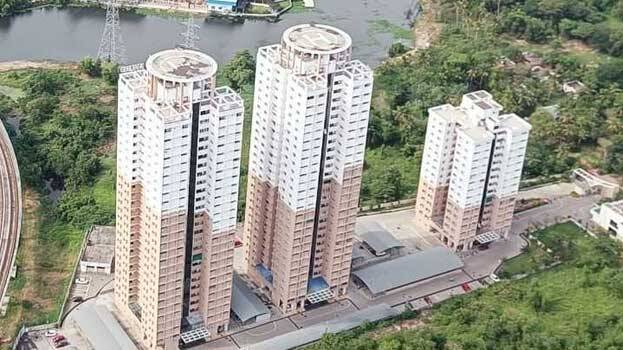

KOCHI: The High Court has directed to increase the rent of the residents of the crumbling Chander Kunj Apartment (Army Tower) to find alternative housing.
The court had earlier directed the Army Welfare Housing Organization (AWHO) to pay Rs 21,000 per month to the residents of Tower B and Rs 23,000 to those vacating Tower C. The court ordered that these be increased to Rs 30,000 and Rs 35,000 respectively. Justice CP Muhammad Nias' order was passed after hearing review petitions filed by residents Saji Thomas and Smitharani Narayanan, among others, seeking revisions in this regard.
The rent hike was recommended taking into account the living standards of the residents and the status they held. The court also took into account that they would have to live on rent for at least 4 years until the Army Towers are demolished and a new complex is built. This concession does not apply to those who have not yet started living in the flats or those who have rented out the flats.
The single bench's first order had said that the AWHO should pay Rs 175 crore for the demolition and reconstruction of the Army Towers. However, the district collector had informed that it would cost Rs 211.49 crore. The court clarified that the AWHO should bear the entire cost of demolishing the flats and building new ones. The collector should inform the amount of money spent in a timebound manner.
Out of the 264 residents of the two towers, 82 have expressed their willingness to return the flats and receive the money (buyback). In this situation, a committee headed by the Collector should take action to determine the new price and design. The preliminary steps should be completed within six months. The matter should be moved forward as per the timeline set by the Collector's committee. The court also directed that AWHO applications be submitted for legal approvals. The agreement is to vacate the residents from the structurally distressed towers by July 31, then demolish the building within four months and complete the new complex by 2029.